List of 20 Largest Countries in the World
The world is large and diverse, with countries of varying sizes and beauty. When it comes to the largest countries in the world, There are several that stand out as being both massive in size and breathtakingly beautiful.
Starting with the largest countries by population, China and India take the top spots with over 1.4 billion people each. These countries are home to some of the world’s most magnificent landscapes, ranging from India’s Himalayan mountain range to China’s Great Wall.
Moving on to the largest countries in the world area-wise, Russia takes the lead with over 17 million square kilometres. Despite its reputation for harsh weather, Russia is home to some of the world’s most beautiful natural environments, including the vast Siberian tundra and the breathtaking Ural Mountains.
Canada, the world’s second-largest country, is known for its pristine wilderness areas, such as Banff National Park and the Canadian Rockies. The United States, its southern neighbour, not only has some of the world’s most renowned cities, such as New York and Los Angeles, but it also has great natural wonders, such as the Grand Canyon and Yellowstone National Park.
Australia is another wonderfully gorgeous country, with sites such as the Great Barrier Reef and Uluru attracting visitors from all over the world. Brazil and Argentina are both known for their natural beauty in South America, with the Amazon rainforest in Brazil and the Andes mountain range in Argentina being notable highlights.
Kazakhstan, Algeria, the Democratic Republic of the Congo, Greenland, Saudi Arabia, Mexico, Indonesia, Sudan, Libya, Iran, Mongolia, and Peru are among the other huge and attractive countries. Each of these countries has its own distinct blend of natural and cultural features that make it worthwhile to visit.
The world’s largest countries are not only massive in size, but also breathtakingly gorgeous. There’s a country out there for everyone, whether you’re inclined to snow-capped mountains, lush rainforests, or enormous deserts.
Table of Contents
List of the Most Beautiful Largest countries in the world
1- Russia:
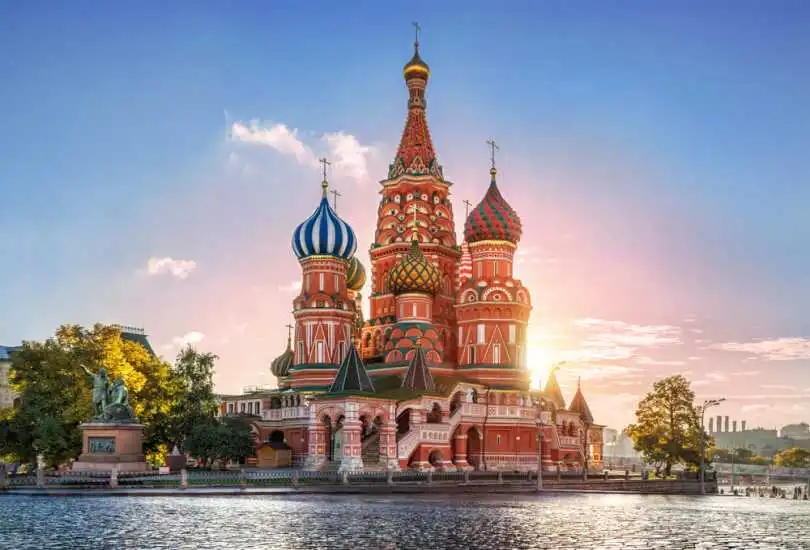
With an area of over 17 million sq. km., Russia is the largest country in the world. From the north in Norway and Finland to the south in China and North Korea, it straddles 11 time zones and 14 nations. Its vastness allows for various scenery, from towering mountains to lush forests and open steppes.
Lake Baikal in Siberia is one of Russia’s most well-known natural monuments. It is the oldest and deepest freshwater lake in the world and is renowned for its pristine waters and extraordinary variety of plant and animal life.
Outdoor enthusiasts flock to the lake for a variety of reasons. Mount Elbrus, in the Caucasus Mountains, is another of Russia’s natural wonders. It’s the highest point in Europe, so naturally, mountaineers and nature lovers go there.
2- Canada:

Canada is the second-largest country in the world by area, covering a total area of 9.98 million square kilometres and the 38th-largest country in the world by population, with a population of approximately 38 million people. Its vast geography is home to diverse landscapes, including towering mountains, pristine lakes, dense forests, and endless stretches of tundra.
Niagara Falls, both in Canada and the United States, is one of the country’s most recognisable natural features. The falls are a major tourist destination, bringing in millions of people each year who come to be awed by the force of the water as it crashes down over the rocks.
Banff National Park, in the Canadian Rockies, is another natural marvel. Visitors worldwide come to the park to experience its gorgeous blue lakes, towering glaciers, and craggy mountain peaks.
3- China:
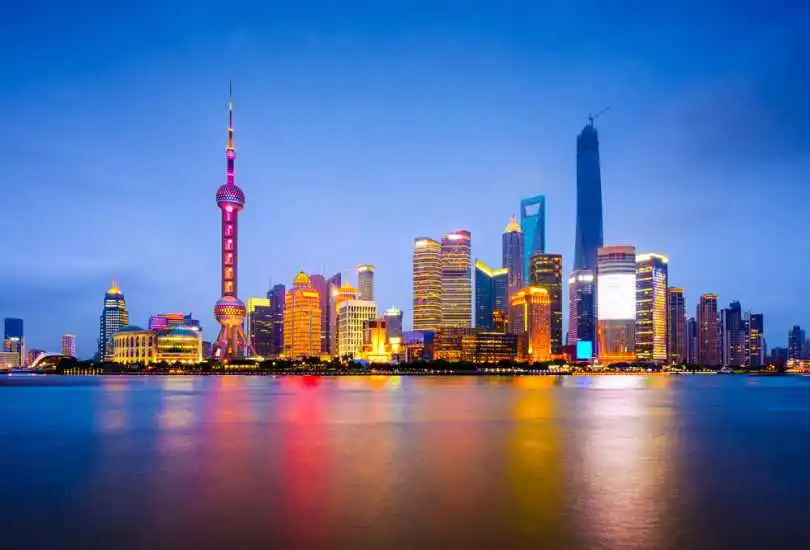
With approximately 9.5 million square kilometres of territory, China is the fourth largest country in the world and the second most populous. It is a place of astonishing variety, where modernity coexists with ancient customs.
Zhangjiajie National Forest Park in the province of Hunan is home to some of China’s most breathtaking scenery. Its towering sandstone pillars and verdant flora have earned it recognition as a UNESCO World Heritage Site. Take the cable car to the mountain’s peak for spectacular views of the park below.
Huangshan Mountain, sometimes called the Yellow Mountain, is another of China’s natural wonders. Hikers and outdoor enthusiasts flock to this area of Anhui Province for its beautiful scenery. The mountain’s defining features are sharp peaks, pine woods, and steaming hot springs.
4- United States:
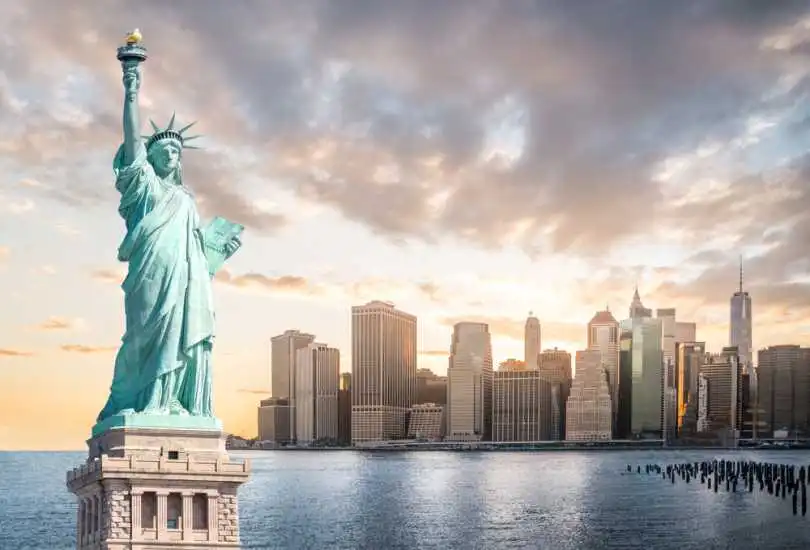
The United States is one of the largest countries by population and area. With a population of over 330 million and an area of around 9.8 million square kilometres, it ranks as the fourth most populous and fourth largest country, respectively. It attracts visitors from all over the world thanks to its varied landscapes and cultures.
Incredible scenic wonders may be found across the United States, from the Grand Canyon to Yellowstone. Millions of people from all over the world flock to Arizona every year to see the Grand Canyon. Its beautiful rock formations and sheer cliffs make for a spectacular setting for outdoor activities, including hiking, camping, and discovery.
Geysers, hot springs, and waterfalls are just a few of the stunning natural features found in Yellowstone National Park, located primarily in Wyoming. Grizzly bears, wolves, and bison are just some of the animals that call this area home.
5- Brazil:
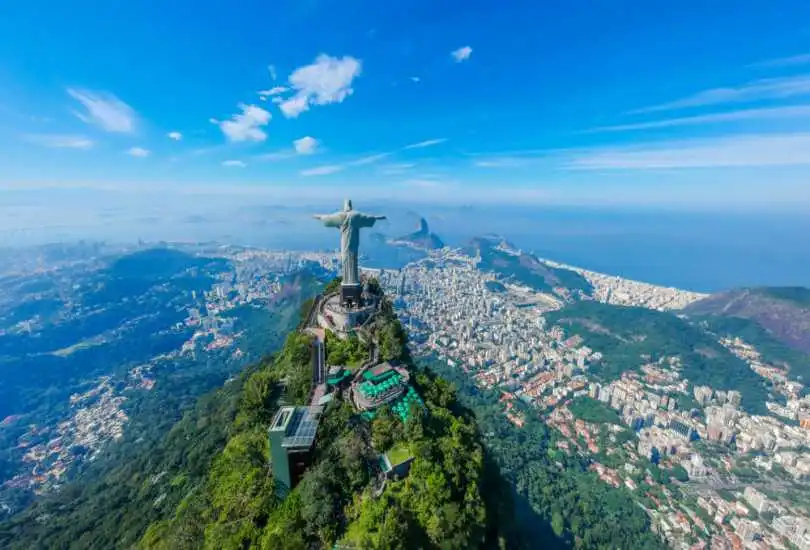
When measured by both land area and population, Brazil ranks as the fifth largest country in the world and the largest in South America. Cities like Rio de Janeiro and Sao Paulo are famed for their vibrancy and natural beauty. The Amazon rainforest in Brazil is the world’s largest tropical rainforest and is home to a diverse population of plants and animals.
Some of the world’s most stunning beaches can be found in Brazil. Travellers in search of sunshine and stunning landscapes flock to the country because of its tropical climate. Samba, a type of dance, and football, a ball game, are two of Brazil’s most well-known national pastimes.
6- Australia:

Australia, the sixth-largest country in the world, is well-known for its exotic animals and varied topography. The country’s landscape includes enormous deserts, tropical jungles, and gorgeous coastlines along the Indian and Pacific oceans.
Some of nature’s most recognised icons can be found in Australia. Uluru is a gigantic sandstone monolith, also known as Ayers Rock, located in the middle of the Australian desert. The Anangu people in the area consider this rock sacred, and it draws many visitors, especially around sunrise and sunset.
The Great Barrier Reef, found in the waters off the coast of Queensland, is yet another of Australia’s natural marvels. At 2,300 kilometres in length, this coral reef system is home to thousands of species of marine life. Snorkelling, scuba diving, and spectacular helicopter tours all provide unique perspectives of the reef.
7- India:

India has approximately 1.4 billion inhabitants, making it the second most populated country in the world after China. It is the seventh largest country in terms of land area.
It’s a place where people of all backgrounds can come together and celebrate their differences. The Himalayas, the world’s tallest mountain range, and the Ganges, one of Hinduism’s holiest rivers, are both located in India.
The Taj Mahal, one of the Seven Wonders of the World, is only one of many historic structures that attest to India’s long and illustrious past. Indian cuisine is well-known for its variety and flavour, and the country’s textiles and spices are also well-known.
8- Argentina:
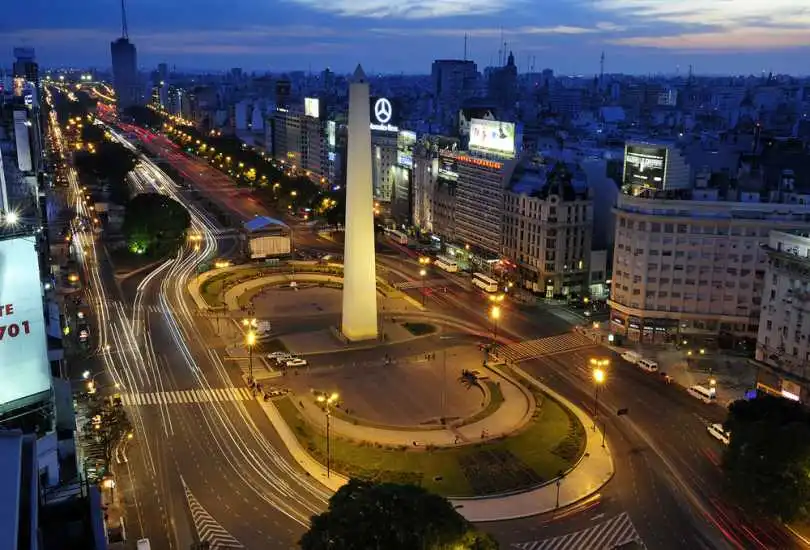
When it comes to land area, Argentina is seventh globally and second in South America. From the Andes to the Patagonian steppe, the region is renowned for its breathtaking scenery. Culturally, Argentina is well-known for its unique blend of European and South American traditions.
The meat produced in Argentina is widely regarded as among the finest anywhere. The Mendoza region produces some of the best wine in the world, adding to the country’s reputation. One of Argentina’s cultural icons is tango, the passionate dance that was born in the city of Buenos Aires.
9- Kazakhstan:
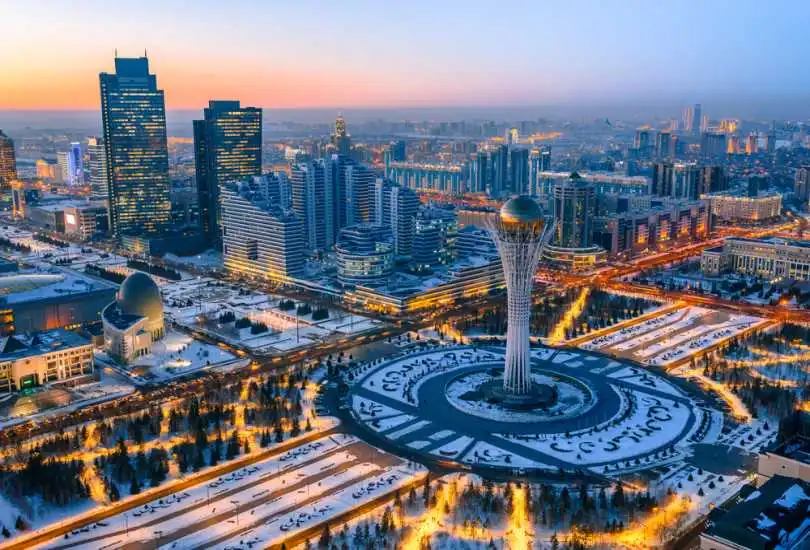
Kazakhstan is the largest landlocked country and the ninth largest overall. It has a diverse terrain, from deserts to mountains, and is well-known for its wide open expanses. The Baikonur Cosmodrome, the world’s first and biggest operational space launch site, is located in Kazakhstan as well.
Kazakhstan’s history and culture reflect the contributions of its Kazakh, Russian, and Turkic populations. Tea and sweets are often offered to visitors as a sign of welcome, and the country has a reputation for being extremely kind. Some Kazakhs today continue to live the nomadic lifestyle that has made the country famous.
10- Algeria:
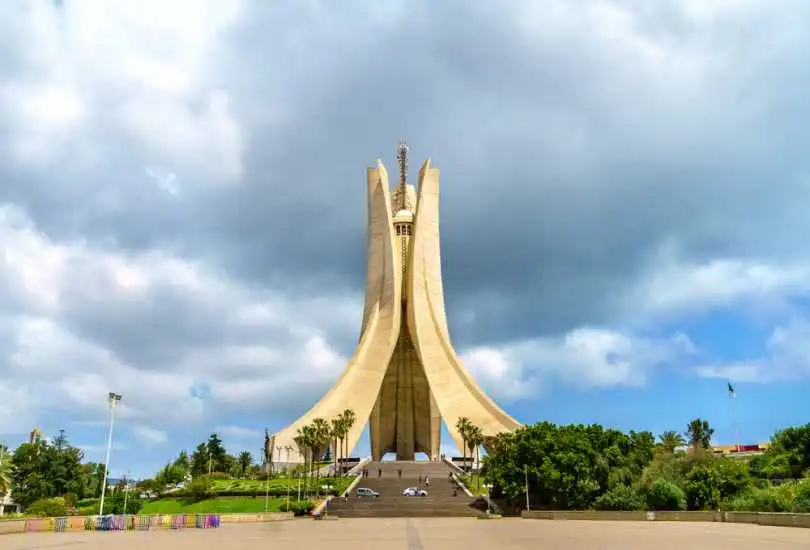
In terms of land area, Algeria ranks ninth in the world and first in Africa. Its varied topography ranges from the Sahara to the Mediterranean. Also, the history of Algeria is rich, having been shaped by the Berber, Arab, and French cultures.
Traditional music from Algeria, such as ra, is well-known for its unique fusion of Arabic, African, and Western sounds. The cuisine is a unique blend of Arab, Berber, and French flavours, and it has gained international acclaim. The generosity and respect shown to visitors in Algeria are well-known.
11- Democratic Republic of Congo:

The Democratic Republic of Congo, also known as DR Congo, is a country located in Central Africa. It is the second-most populous nation in Africa and the eleventh-most populous nation overall. Copper, cobalt, and gold are just a few of the many valuable minerals found in the Democratic Republic of the Congo.
The eastern region of the country, in particular, has a lengthy history of conflict and instability. As the fighting continues, many people have been forced to leave their homes and human rights have been violated. Poverty, poor health, and a lack of educational opportunities are also continuing to be major problems in the country.
12- Greenland:
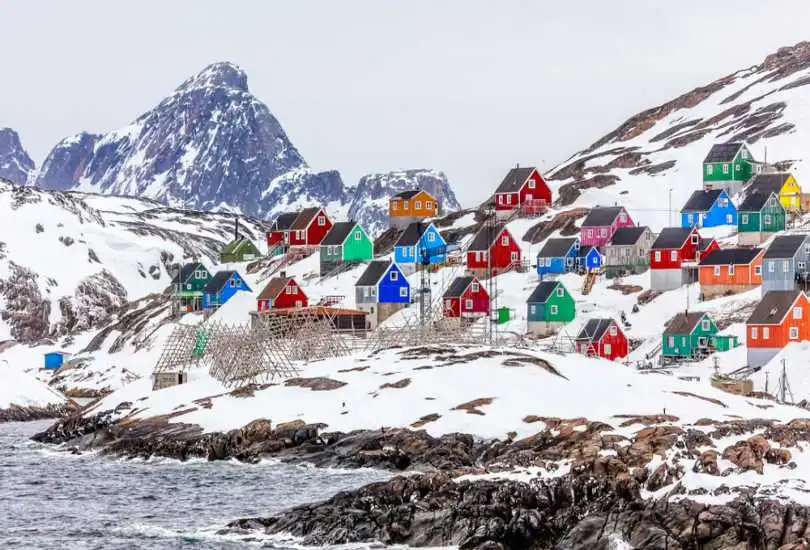
Greenland is an autonomous territory within the Kingdom of Denmark, located between the Arctic and Atlantic oceans. Only about 56,000 people call the world’s largest island home, and they’re all in the coastal towns. The ice that covers most of the land in the summer makes this an unusual place for adventure travellers to visit.
Greenland’s economy is driven largely by the fishing and mining industries, with some contributions from tourism. As melting ice has raised sea levels and altered local ecosystems, climate change has emerged as a major issue in recent years.
13- Saudi Arabia:
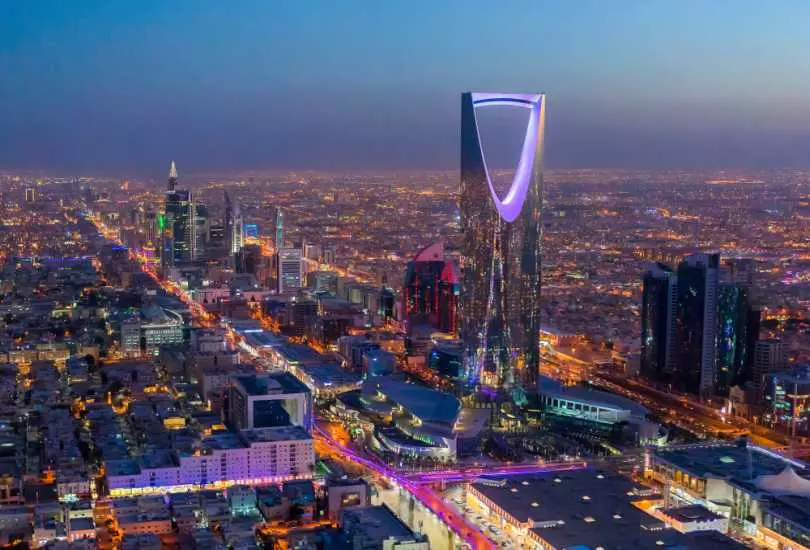
Saudi Arabia is a country located in the Middle East, bordering the Red Sea and the Persian Gulf. It is the largest country in the Arabian Peninsula, with a population of over 34 million people. The country’s massive oil reserves have been a major economic driver for decades.
However, the government has been making efforts in recent years to diversify the economy by putting more emphasis on industries like tourism and technology. The Islamic culture of Saudi Arabia is also recognised for its conservatism, as many aspects of daily life are strictly regulated by law and custom.
14- Mexico:
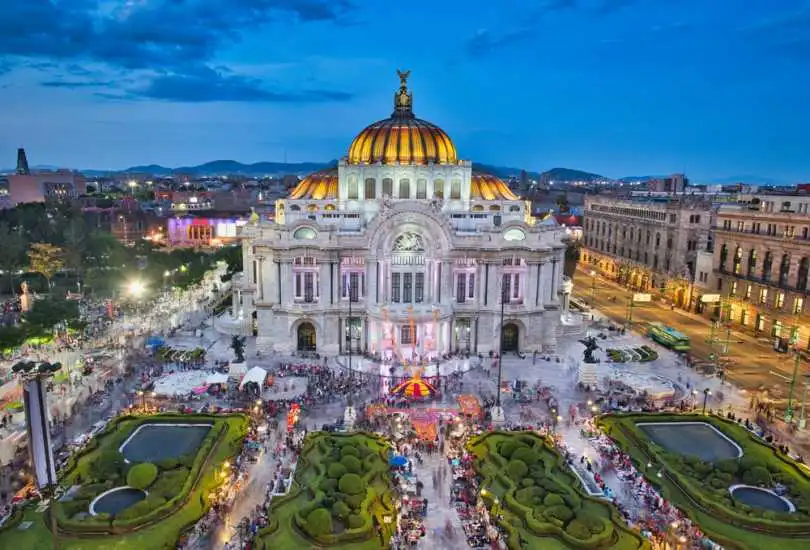
Mexico is a country located in North America, bordered by the United States to the north and Belize and Guatemala to the south. With a population of nearly 130 million, it ranks as the third most populous nation in Latin America. In addition to its past civilizations like the Aztecs and Mayans, Mexico is also famous for its contemporary music, culinary, and artistic scenes.
The country also faces significant challenges, including high levels of poverty, crime, and corruption. Despite these challenges, Mexico has a diverse and growing economy, with a strong manufacturing sector and a thriving tourism industry.
15- Indonesia:
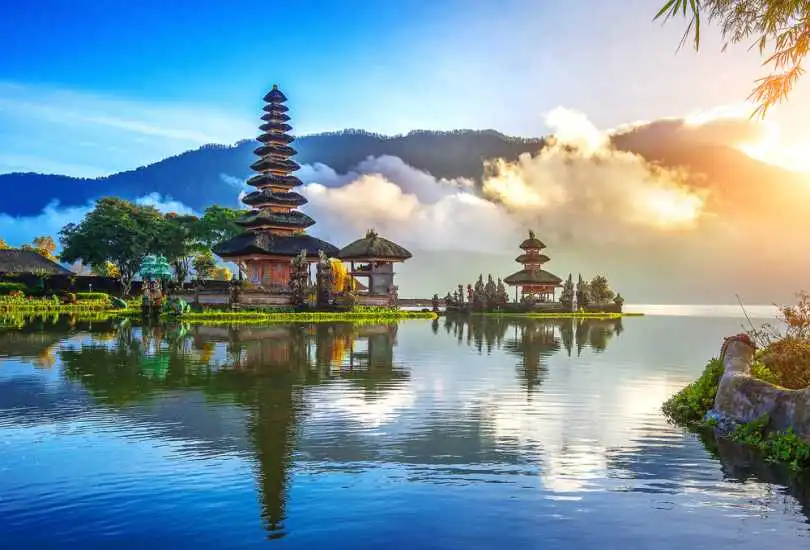
More than 17,000 individual islands make up the territory of Indonesia in Southeast Asia. It has more than 270 million inhabitants, making it the fourth most populous nation on Earth. Indonesia’s tropical forests, beaches, and volcanoes all contribute to the country’s reputation as a tourist hotspot.
The country has a wealth of cultural traditions thanks to its multiethnic population and wide variety of languages and religions. Agriculture, mining, and manufacturing are the backbone of Indonesia’s economy, with the service sector playing an increasingly important role. Poverty, inequality, and environmental degradation are all problems that the country has to deal with.
16- Sudan:

There are more than 44 million people living in Sudan, a country in northern Africa. To the north is Egypt, to the east is Ethiopia, to the south is South Sudan, to the southwest is the Central African Republic, to the west is Chad, and to the northwest is Libya. Khartoum is the nation’s capital.
The history and culture of Sudan are very deep. There are more than 200 distinct ethnic groups, each with its own language and customs. Both Arabic and Islam are used in formal contexts. The Nile River is an important part of Sudan’s economy since it helps to irrigate the vast agricultural landscape.
Throughout its history, Sudan has been beset by war, political upheaval, and economic difficulties. The Darfur crisis, which has been going on since 2003 and has forced millions of people to flee their homes, is the most prominent of these wars.
17- Libya:

To the north is the Mediterranean Sea, to the east is Egypt, to the southeast is Sudan, to the south are Chad and Niger, and to the west are Algeria and Tunisia. Over 6 million people call Tripoli, the nation’s capital, home.
Culture and history in Libya go back to the time of the Greeks and Romans. It is home to various historical sites, such as the ruins of Sabratha and the ancient city of Leptis Magna. Arabic is the de facto language of government and Islam is the dominant faith.
Over the years, Libya has faced serious difficulties, such as political instability and armed conflicts. The Libyan Civil War, which began in 2011, was the most prominent of these conflicts because it led to the ouster of long-time ruler Muammar Gaddafi.
18- Iran:

To the west is Iraq, to the northwest is Turkey, to the north is Armenia, to the northeast is Azerbaijan and Turkmenistan, to the east is Afghanistan and Pakistan, and to the south are the Persian Gulf and the Gulf of Oman. Iran lies in western Asia. Its capital, Tehran, is home to roughly 83 million people.
Iran’s history and culture date back to the time of the ancient Persian Empire. The ruins of Pasargadae and the ancient metropolis of Persepolis can be found there. Persian is the de facto language of government, and Islam is the predominant faith.
In recent years, Iran has struggled with human rights breaches, political unrest, and economic sanctions. Efforts at economic reform and political dialogue with foreign countries have been ongoing as the country struggles to address these concerns.
19- Mongolia:

Located in East Asia, Mongolia is completely surrounded by China to the south, east, and west. Ulaanbaatar, the nation’s capital, is home to more than 3 million people.
Since the days of the Mongol Empire, Mongolia has been home to a vibrant culture and history. It’s home to the Erdene Zuu Monastery and the Karakorum Ruins, among others. Mongolian is the official language, and Buddhism is the most practised religion.
Several issues, such as economic growth and environmental sustainability, have plagued Mongolia for years. The government has been working to mitigate the effects of climate change and other environmental threats while prioritising the development of its promising mining sector.
20- Peru:
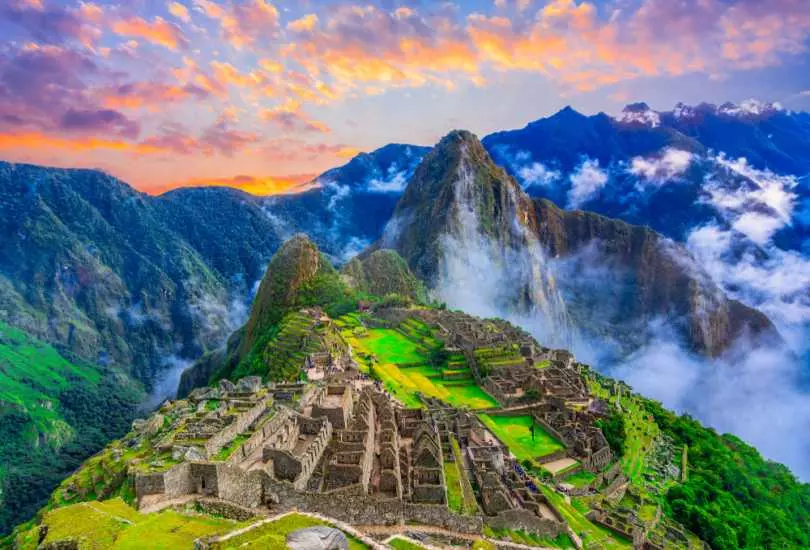
Peru is a country located in western South America, bordered by Ecuador to the north, Colombia to the northeast, Brazil to the east, Bolivia to the southeast, Chile to the south, and the Pacific Ocean to the west. The capital, Lima, is home to more than 8 million of the country’s 32 million people.
Peru has a long and illustrious history, extending back to the days of the Inca Empire. Among its many historical attractions are the Nazca Lines and the ruins of Machu Picchu. The majority of the population adheres to Roman Catholicism and the official languages are Spanish and Quechua.
Peru has been facing several challenges over the years, including poverty and inequality, environmental degradation, and political corruption. The government has been making strides towards a more equitable and sustainable economy by investing in infrastructure and social programmes.


